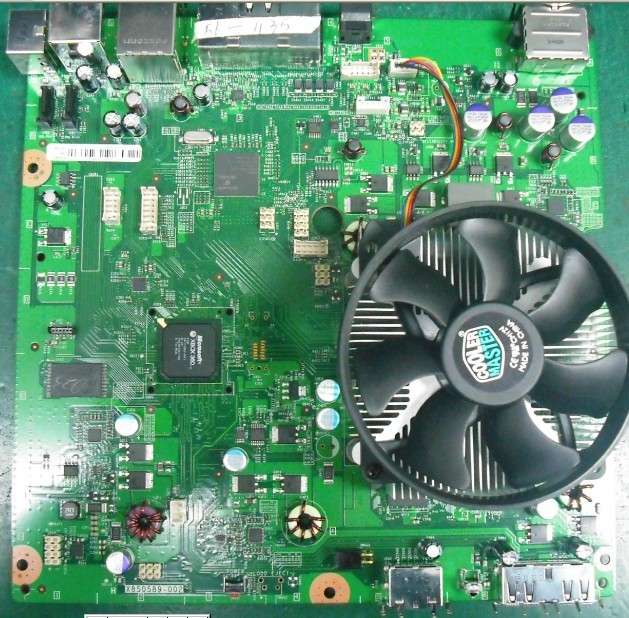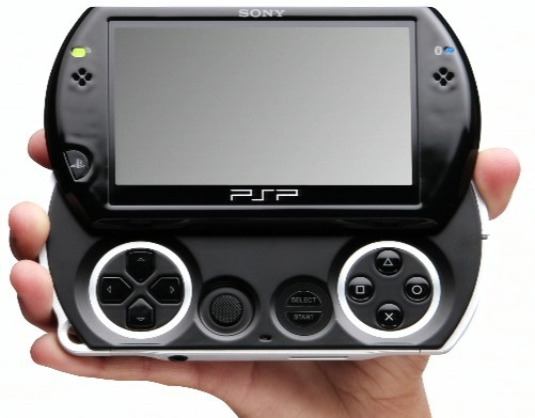 I’m going to get a little silly here and talk about Scrabble, and Mattel’s announcement that it will change the rules to allow proper nouns, but I promise there’s a technology angle. Bear with me.
I’m going to get a little silly here and talk about Scrabble, and Mattel’s announcement that it will change the rules to allow proper nouns, but I promise there’s a technology angle. Bear with me.
The BBC reports that Mattel will launch a new version of the word-making board game in July, for the first time allowing players to create proper nouns. Mattel says this will “add a new dimension” to the game and hopefully encourage more young people to play.
Note that Mattel owns the rights to Scrabble everywhere except the United States and Canada, where Hasbro owns the rights. Presumably — and hopefully, in my opinion — Hasbro’s version won’t change.
Here’s where technology comes in: Scrabble, or games like it, have become quite popular on computers and mobile devices. Scrabulous was one of the most popular games on Facebook before it was suspended amidst lawsuits from Hasbro and Mattel (the game eventually came back as Lexulous). One of my favorite iPhone apps is Words With Friends, another Scrabble clone that lets you play remotely with friends at your leisure, and it’s at least popular enough to have its own fan site.
So I reject the notion that Mattel needs to bend the rules in order to attract more players. The players are there, it’s just that Mattel hasn’t been able to capture them itself.
My hope is that Mattel’s rule change doesn’t creep into any online versions of Scrabble. Enforcing the proper use of proper nouns online would be difficult, and a computer-made set of rules would make it impossible for players to debate which words qualify and which are clearly made up.
Update: CNet’s Daniel Terdiman learned that Mattel is actually going to release a new version of the game called “Scrabble Trickster,” which seems more like a hopeless spinoff than sacrilege. If there ever exists a “Words With Friends Trickster,” I’ll be sure to avoid it.









